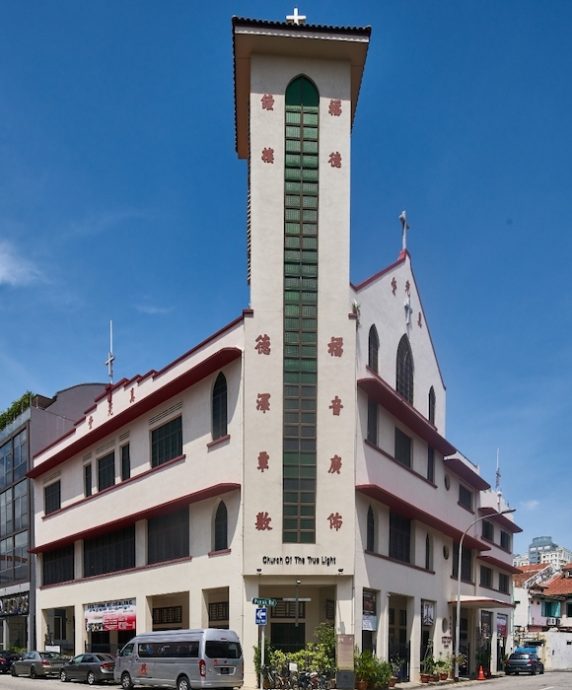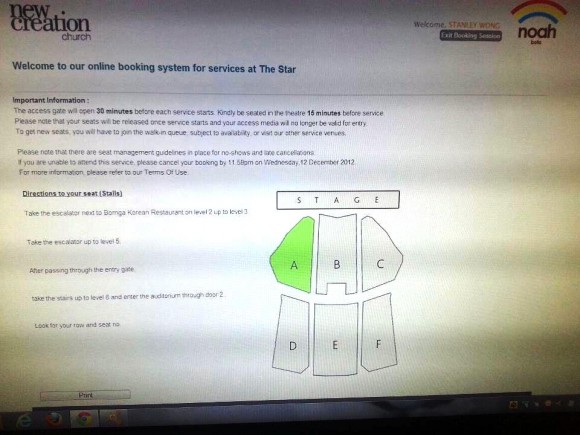The church in Singapore could do herself much good by reorienting her focus on God’s agenda for the gays, instead of the publicly perceived homophobia of the church and its fear of the gays’ agenda for the world. The gays may have an agenda, but so does God, and God’s agenda and love plan for the gays and the world is what will prevail. The church can ask, “Lord, how can we partner with You in what You are doing among the gays, and how can we join You in Your work”? One thing this would involve is the church seeking to understand and inculcate compassion and develop church ministry and care of gay inclined believers. It will take the church out of a war footing into a posture of peacemaking, towels and basins. It will mean the church identifying with the marginalized, taking risks, and serving with humility.
I was reading a friend’s review of a book titled, ‘Washed and Waiting: Reflections on Christian Faithfulness and Homosexuality’ by Wesley Hill, who is Assistant Professor of Biblical Studies at Trinity School for Ministry. Sze Zeng summarized three lessons he picked up. They helped me see the struggles and loneliness of believers who experience same sex attraction. It helped me feel the plight and pain of brothers and sisters who often endure it all in anonymity. I have quoted two of his lessons. For the third lesson, please read his full blogpost.
Lesson 1: Same-sex attraction is real—the need to struggle with it.
There are those among us who are really and genuinely feel attracted to people of the same gender. For this reason, many have tried to find a connection between same-sex attraction and their childhood. Some even try to link sexuality to gene. Hence the whole debate between ‘nature versus nurture’. Accordingly, there are ‘therapies’ designed to help people to change their sexuality.
The author cuts through this impasse debate by talking about his own personal discovery of his homosexual orientation. He was brought up in a non-abusive childhood and had a fairly good upbringing. It was during high school years that he sensed a “steady, strong, unremitting, exclusive sexual attraction to persons of the same sex” (p.13). The unchangeable sexual desire for homosexual relationship is real to him and to those who experience it. Since then his life is marked by fear, persistent loneliness and inner conflict.
Hill asked a probing question, which I think many homosexual Christians are asking as well, “Can we gay and lesbian Christians who experience no change in our homoerotic desires live in the joyful assurance that our lives are satisfying to God? Can we who remain homosexually inclined actually please God?” (p.135).
To Hill, the answer depends on our understanding of homosexuality: What do the Scripture and Church tradition say? Hill is clear that same-sex attraction is “one of the myriad tragic consequences of living in a fallen world stalked by the specters of sin and death” (p.32). With full conviction and tireless struggle, Hill writes, “I abstain from homosexual behaviour because of the power of that scriptural story” (p.61), and such endurance is a “daily dying” (p.71). As Hill further affirms, “I am waiting for the day when I will receive the divine accolade, […] “Well done, good and faithful servant” (p.150). Hill’s spiritual persistence is exemplary for all Christians in dealing with our own temptation, be it on sexuality or otherwise.
Lesson 2: Homosexuality comes with unbearable loneliness—the necessity of a trustworthy and supportive community within the church.
The loneliness experienced by those with homosexual inclination is not easily understood by heterosexuals. Gay Christians cannot relate to their heterosexual peers’ interest in the opposite gender. They have to be careful not to jeopardize their friendship by developing romantic interest with friends of the same gender. They are afraid that they will be rejected and discriminated when their sexuality is known by their family, friends, and church-mates. They have to constantly struggle against the desire of entering into a monogamous homosexual relationship, especially in society where homosexual practice is widely accepted and legally protected (e.g. civil partnership and same-sex ‘marriage’). On top of these, they have to face negligence in various degrees by their heterosexual friends who eventually get married and start their own family. To Hill, loneliness is the “defining struggle” of his life (p.92) that makes him feels “painfully contradictory” (p.115).
“What I wish,” as Hill once said to his pastor, “is that I could feel the church to be a safe place” (p.42). “The remedy for loneliness—if there is such a thing this side of God’s future—is to learn, over and over again, to do this: to feel God’s keeping presence embodied in the human members of the community of faith, the church” (p.113). Writing from Hill’s own experience with his church, “I began to learn to wrestle with my homosexuality in community over many late-night cups of coffee and in tear-soaked, face-on-the-floor times of prayer with members of my church” (p.48, italics original) Are we, as part of the local churches, willing to learn to provide the kind of safe space for our brothers and sisters in Christ to wrestle with their same-sex attraction?

